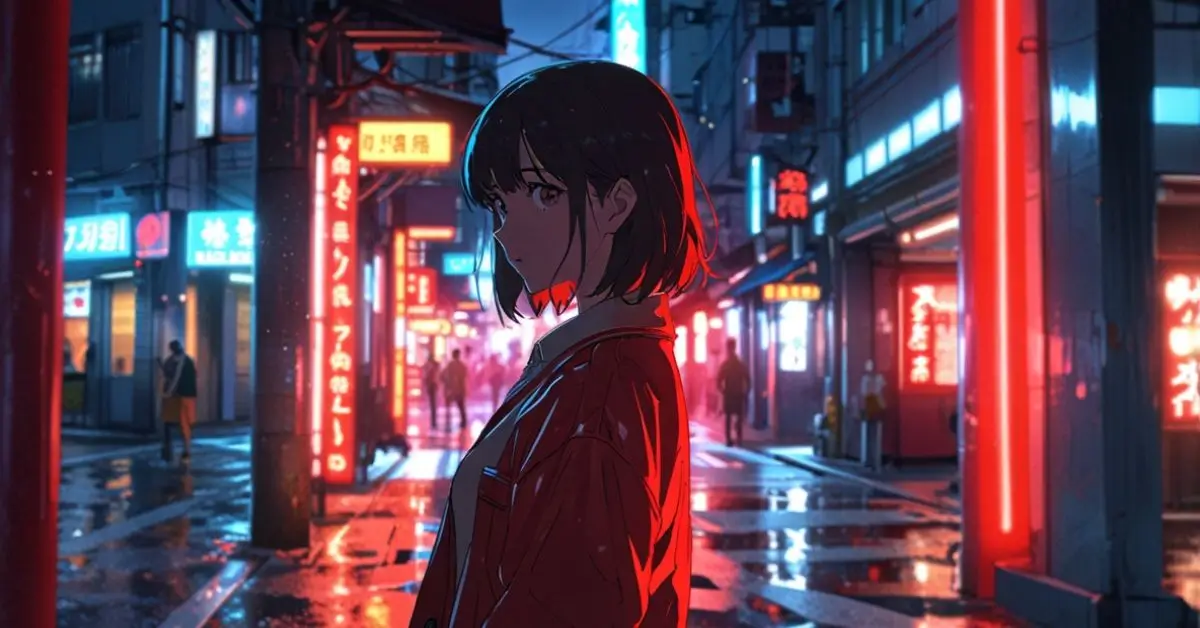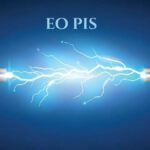Neon red is one of the most striking and bold colors that captures attention immediately. It holds a unique position in the color spectrum, offering a vivid blend of energy and intensity. With its ability to evoke strong emotions and stand out in a crowd, neon red has become a popular choice in various fields, from fashion to interior design, art, and technology. In this article, we will dive deep into the world of neon red, exploring its history, usage, psychological impact, and comparisons with other neon colors, while also highlighting its significance in modern culture.
What is Neon Red?
Neon red is a fluorescent hue that is brighter and more intense than regular red. It is often associated with high visibility and is typically used for signaling or attracting attention. This color emits a glow that is visible even in low-light conditions, which is why it’s frequently used in neon signs, advertisements, and other forms of media. The bright, eye-catching quality of neon red makes it an excellent choice for designs where visibility and impact are crucial.
The History and Evolution of Neon Red
Neon red, like many neon colors, owes its origins to the discovery of neon gas in the 19th century. In 1910, neon gas was first used in lighting by French engineer Georges Claude. Initially, neon lights were created in colors like red and orange, but over time, the fluorescent properties of these lights were perfected. Neon red, being one of the more vivid options, quickly gained popularity, particularly in the 1920s and 1930s when neon signs began to light up the streets of major cities.
The Science Behind Neon Red: How It’s Created
The creation of neon red involves the use of neon gas combined with specific phosphors that emit light when excited by electricity. When electric current passes through neon gas, it excites the electrons, causing them to jump to a higher energy level and then fall back to a lower level, emitting light in the process. Neon red is achieved by carefully selecting the appropriate phosphor coating and controlling the intensity of the electrical current. This combination allows neon red to appear as a bright, almost glowing color that is impossible to ignore.
Neon Red in Design: Applications and Trends
Neon red has a distinct role in various design fields. Here are some of its most common applications:
1. Neon Red in Interior Design
Neon red is often used to create bold, modern, and edgy interiors. It can be incorporated into furniture, wall accents, or light installations to add drama and vibrancy to a space. The contrast between neon red and softer hues like white or gray can create a striking visual impact. This color is often used in contemporary or industrial designs, making spaces feel dynamic and full of life.
2. Neon Red in Fashion
In fashion, neon red is often used in streetwear, athletic apparel, and accessories. Its attention-grabbing quality makes it perfect for items like shoes, jackets, hats, and bags. Designers use neon red in limited quantities to make a statement, and it’s often paired with other bright colors for a high-energy look. Neon red is also popular in graphic t-shirts and other casual wear, where it adds boldness to designs.
3. Neon Red in Marketing and Advertising
Neon red is commonly seen in marketing and advertising, where it serves to catch the eye and convey urgency or excitement. Brands often use neon red in logos, signs, and promotions to create an immediate sense of attention. The color evokes feelings of energy, excitement, and even danger, making it perfect for products that want to stand out in a competitive marketplace.
4. Neon Red in Art and Street Art
Artists, particularly in street art and graffiti, often use neon red to make their work pop. The vibrancy of the color contrasts sharply with traditional materials like concrete and brick, drawing attention to the artwork. Neon red is a favorite in the pop art movement, where artists like Andy Warhol used bright, fluorescent colors to create impactful and memorable pieces.
The Psychological Impact of Neon Red
Color psychology plays a significant role in how people perceive and react to colors, and neon red is no exception. This color can evoke a range of emotions, depending on the context. It is known to stimulate feelings of excitement, passion, and energy. In some contexts, it may even convey a sense of urgency or warning, similar to red traffic lights or emergency signs.
Neon red is a color that demands attention and creates a sense of immediacy. It is often associated with action, power, and strength. This can be seen in sports branding, advertising, and even in emergency lighting where the need for quick recognition is paramount.
Comparison of Neon Red with Other Neon Colors
When compared to other neon colors, neon red stands out for its high visibility and emotional intensity. Here is a breakdown of how neon red compares to other popular neon hues:
| Neon Color | Psychological Effect | Common Usage | Brightness |
|---|---|---|---|
| Neon Red | Passion, Energy, Excitement | Advertising, Fashion, Art | Very Bright |
| Neon Green | Refreshing, Growth, Technology | Tech Products, Signs, Fashion | Bright |
| Neon Blue | Calm, Trust, Coolness | Corporate Branding, Signage | Bright |
| Neon Yellow | Optimism, Caution, Happiness | Warning Signs, Sportswear | Very Bright |
| Neon Pink | Fun, Creativity, Feminine | Fashion, Party Decor, Art | Bright |
As we can see from the comparison chart, neon red stands out as the most intense and bold, making it an ideal choice for applications where immediate attention is needed.
How to Incorporate Neon Red in Your Life
If you’re looking to add some neon red into your life, here are a few creative ways to do so:
1. Create Statement Pieces in Home Decor
Add neon red accents in your home to create a modern, edgy look. Think about using neon red in your furniture, lighting, or wall art to make bold design statements.
2. Add Neon Red to Your Wardrobe
Incorporating neon red into your clothing or accessories is an easy way to inject energy into your outfit. Try neon red shoes, jackets, or bags for an instant fashion upgrade.
3. Use Neon Red in Branding
For businesses, neon red can be used in logos and marketing materials to capture customer attention. It works particularly well in industries that want to appear energetic and innovative.
4. Enhance Artwork with Neon Red
If you’re an artist, consider using neon red in your work to create contrast and make your pieces stand out. Whether it’s in street art or canvas work, neon red can give your art a modern and electrifying vibe.
Conclusion:
Neon red is more than just a color; it’s a symbol of energy, urgency, and vibrancy. Its wide range of applications in design, fashion, marketing, and art make it a versatile and impactful choice. Whether you’re looking to add a pop of color to your interior design, make a statement with your clothing, or create an eye-catching marketing campaign, neon red delivers the intensity and attention you need. As trends evolve, neon red will likely remain a staple in creating bold and memorable impressions.
FAQ’s
1. What is neon red?
Neon red is a fluorescent color that emits a bright, glowing light, making it highly visible even in low-light conditions. It is often used in neon signage and designs.
2. Where is neon red commonly used?
Neon red is widely used in fashion, interior design, advertising, and street art, due to its high visibility and vibrant impact.
3. How is neon red created?
Neon red is created by exciting neon gas with electricity, which causes the gas to emit a red light. The intensity can be controlled by adjusting the electrical current.
4. What emotions does neon red evoke?
Neon red is associated with passion, energy, excitement, and urgency. It can also be used to create a sense of caution or danger.
5. Is neon red a popular color in interior design?
Yes, neon red is used in modern and edgy interior designs to create bold accents and a dynamic atmosphere.
6. How does neon red compare to other neon colors?
Neon red is one of the brightest and most attention-grabbing neon colors. It is more intense than neon blue or green and is often used to evoke stronger emotions like excitement and energy.












